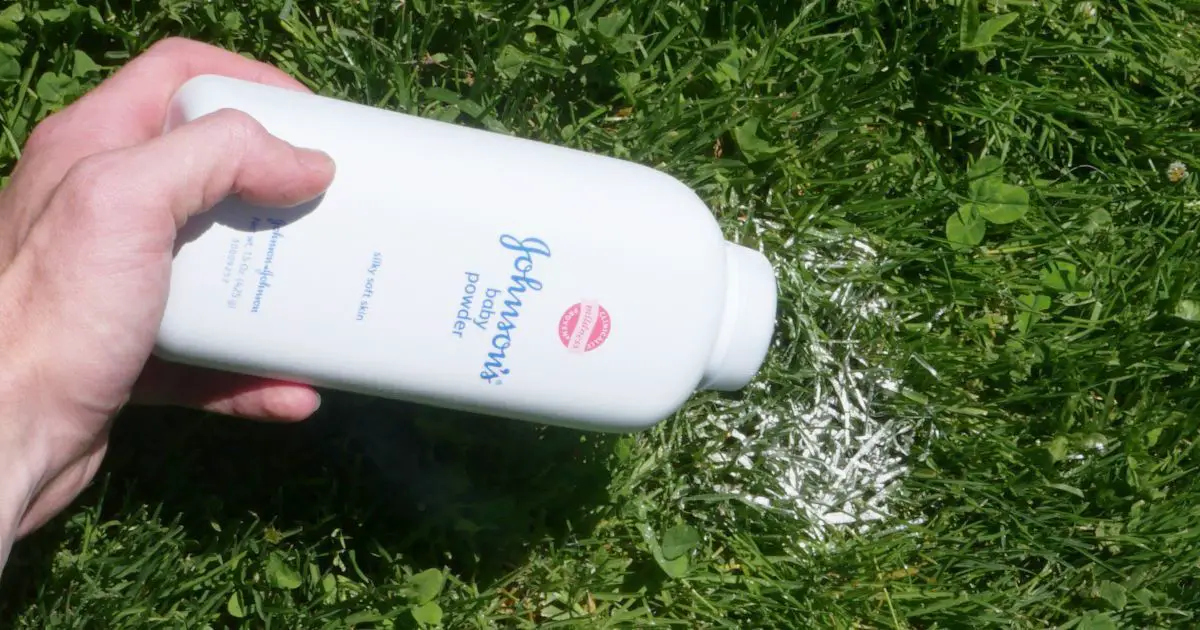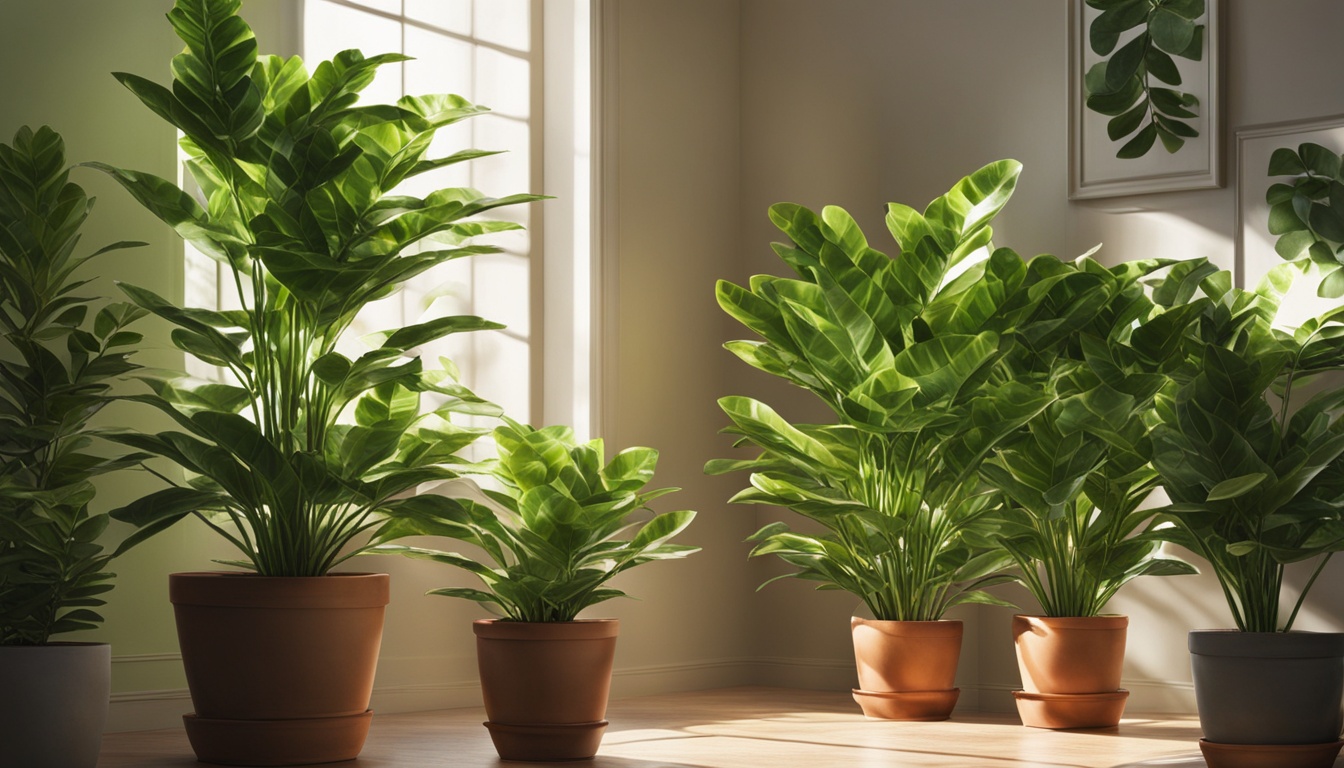Zinnias bring a burst of color to your garden from summer to fall’s first frost. They are annuals, planted from seed. They’re perfect for cut flowers and feed butterflies!
Zinnias are annuals, living one season to produce flowers and seeds. They don’t come back the next year. Their bright, daisy-like flowers are great for cutting or feeding butterflies.
The most popular zinnia is Zinnia elegans, offering many unique varieties. Zinnias have three types: single, semidouble, or double.
They can’t handle frost, so wait until the last frost to plant. They prefer a warm day of 74–84°F, but will grow in about 60°F.
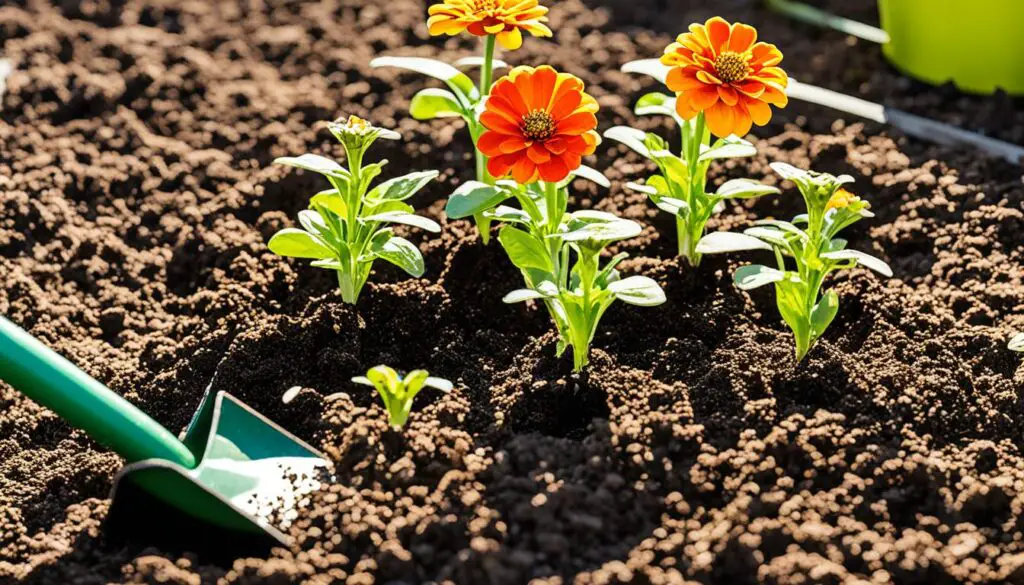
Key Takeaways
- Zinnias are annual flowers that are best planted from seed.
- They are sensitive to frost and should be planted after the last frost has passed.
- Zinnias come in a variety of shapes and colors, including single, semidouble, and double.
- Zinnias are low-maintenance and easy to grow, making them a great choice for new gardeners.
- Zinnias can be used as cut flowers or to attract butterflies to your garden.
About Zinnias – Annual Flower With Vibrant Colors
Zinnias are a favorite annual flower known for their bright colors and variety. They are great for beginners because they are easy to grow and love sunny spots.
You can get a pack of zinnia seeds for just a few dollars, making them a budget-friendly choice for adding color to your garden.
Zinnia Flower Varieties and Types
Zinnias come in many shapes, sizes, and colors to suit every garden. You can find everything from the small ‘Thumbelina’ to the tall ‘State Fair’ with huge 3- to 5-inch flowers.
Other favorites include the ‘Dreamland’ series with double flowers, the ‘Envy’ with its green flowers, and the ‘Orange Star’ with its bright orange, bushy plants.
Ideal For Cut Flowers, Attract Butterflies
Zinnias are great for cutting and arranging, with long stems and lasting flowers. They also draw butterflies and bees to your garden.
With about 1 inch of water a week and deadheading, you can keep your zinnias blooming from summer to fall.
| Zinnia Variety | Height | Bloom Size | Characteristics |
|---|---|---|---|
| Thumbelina | 12-18 inches | Single or semi-double | Dwarf, spreading habit |
| State Fair | 30 inches | 3-5 inches | Large, double flowerheads |
| Dreamland | 8-12 inches | Up to 4 inches | Dwarf, double flowerheads |
| Envy | 30 inches | Semi-double | Chartreuse flowerheads |
| Orange Star | Dwarf, bushy | Single | Orange flowers |
“Zinnias are considered perfect for beginners due to their ease of care, thriving in most sunny spots, tolerating heat, and rarely succumbing to pests or diseases.”
Grow A Zinnia and Care – Planting and Growing Tips
When to Plant Zinnia Seeds
Zinnias can’t handle frost, so wait until the last spring frost has gone before planting their seeds. In warm areas, you can plant zinnia seeds directly.
But in cooler places, start them indoors 4-6 weeks before the last frost. This gives them a head start and lets you move them outside when it’s right.
Soil Requirements and Preparation
Zinnias can grow in many soils but do best in well-draining, rich soil with a pH of 5.5 to 7.5. To get the soil ready, add compost or organic matter to improve drainage and fertility. They don’t need a lot of fertilizer, but a little balanced, slow-release fertilizer can help them grow and bloom better.
Water and Sunlight Needs
Zinnias love full sun, needing at least 6-8 hours of direct sunlight daily for their bright flowers. They need about 1-2 inches of water per week, from rain or watering.
Make sure to water deeply and avoid overhead watering to prevent diseases like powdery mildew. In hot, dry weather, you might need to water more often to keep the soil moist but not too wet.
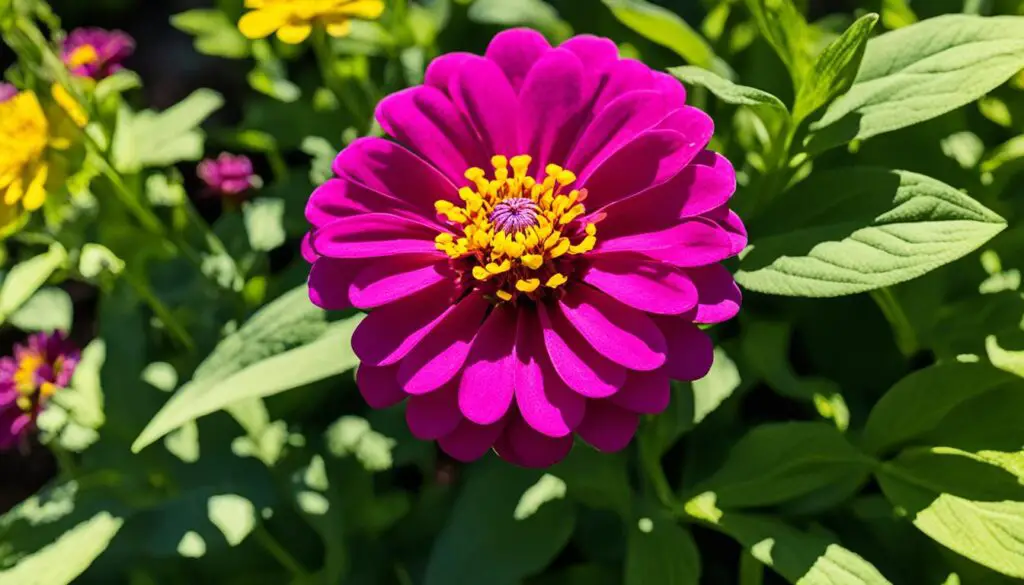
To sum up, growing zinnias means picking a sunny spot, preparing the soil well, and keeping it moist. With these conditions, you’ll get a beautiful, long-lasting show of colorful flowers.
Zinnia Plant Maintenance and Harvesting
As a zinnia enthusiast, I’ve learned that proper maintenance and harvesting are crucial. They keep your zinnia blooms vibrant all season. Let’s explore the essential steps to keep your zinnias healthy and productive.
Deadheading and Pruning Zinnias
After your zinnias bloom, it’s key to deadhead the spent flowers. This encourages the plant to produce more zinnia flowers. Just pinch or snip off the old flowers without harming the stem or leaves.
Pruning your zinnias is also helpful for their health. Trim back any long or messy growth to keep the plant neat. This makes the plant look better and helps it grow bushier, showing more zinnia blooms.
Cutting Zinnia Flowers for Bouquets
One of the best things about zinnias is cutting their flowers for bouquets. To keep the cut flowers fresh, cut them in the early morning.
Use sharp scissors or pruners to cut the stems at an angle, leaving a bit of stem with the flower.
Zinnias are great for cut flowers, offering a weekly bouquet from June until frost. With these simple tips, you can enjoy a steady supply of these bright flowers all season.
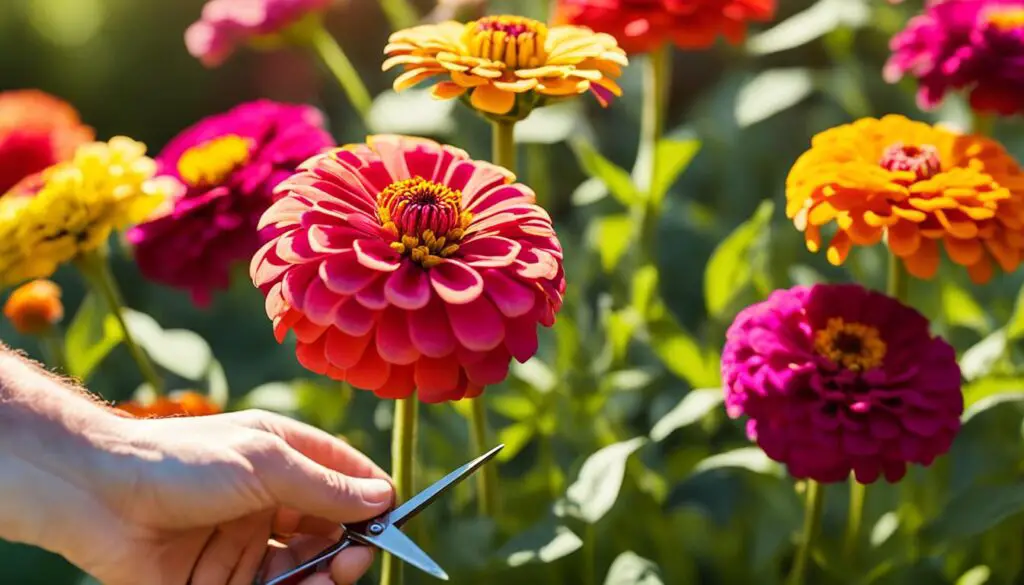
Common Pests, Diseases and Prevention
Zinnia flowers are vibrant and loved by many gardeners. But, they can face challenges from pests and diseases. Issues like bacterial and fungal spots, powdery mildew, and bacterial wilt can occur, especially in hot and humid weather.
To prevent these problems, it’s important to keep the foliage dry and ensure plants have enough space. This helps with airflow and keeps diseases away.
Caterpillars, mealybugs, and spider mites can also bother zinnia plants. But, I don’t worry too much if they cause a bit of damage. Zinnias are tough and can bounce back easily.
They’re also deer-resistant, so I don’t have to protect them from deer eating the flowers.
To keep my zinnia garden healthy, I plant them with enough space between each plant. I water at the soil base to avoid getting the leaves wet. If a plant gets sick, I remove the infected leaves right away.
For diseases, I use organic fungicides or make a spray with baking soda. Keeping an eye on pests and diseases lets me enjoy my zinnia flowers fully.
FAQ
What are the key features of zinnias?
Zinnias are annual plants that bring a burst of color to gardens from summer to the first frost. They have bright, daisy-like flowers on a single stem. This makes them perfect for cutting or feeding butterflies.
What are the different types of zinnias?
Zinnia elegans is the most popular type, offering many unique varieties. They come in single, semidouble, or double types. Shapes include “beehive,” “button,” and “cactus.”
How do I choose the right location for growing zinnias?
Full sun (6 to 8 hours of sunlight) is key for zinnia blooms. Also, good air circulation helps prevent diseases like powdery mildew.
What are the soil requirements for growing zinnias?
Zinnias grow well in most soils but prefer rich, well-draining soil. The ideal pH is between 5.5 and 7.5.
When should I plant zinnia seeds?
Plant zinnia seeds after the last frost in your area. They thrive in a warm range of 74–84°F, with a minimum of 60°F.
How do I care for my zinnia plants?
Deadheading encourages more blooms. For seed saving, collect half-brown blossoms and dry them in a paper bag until the seeds shatter.
What are some common pests and diseases that affect zinnias?
Zinnias may face bacterial and fungal spots, powdery mildew, and bacterial wilt. Caterpillars, mealybugs, and spider mites are pests. To prevent disease, space plants well, water at the base, and remove infected leaves.


